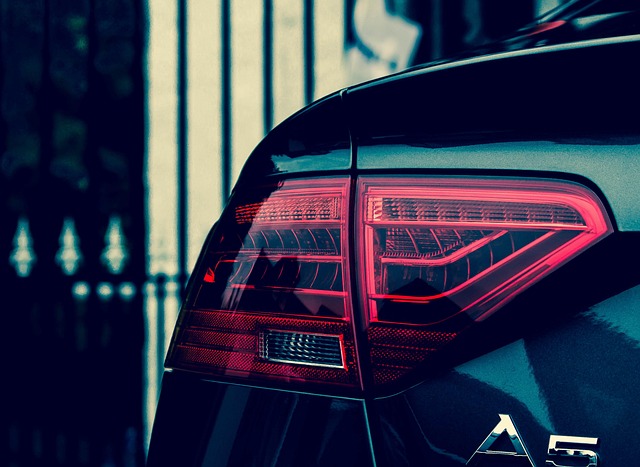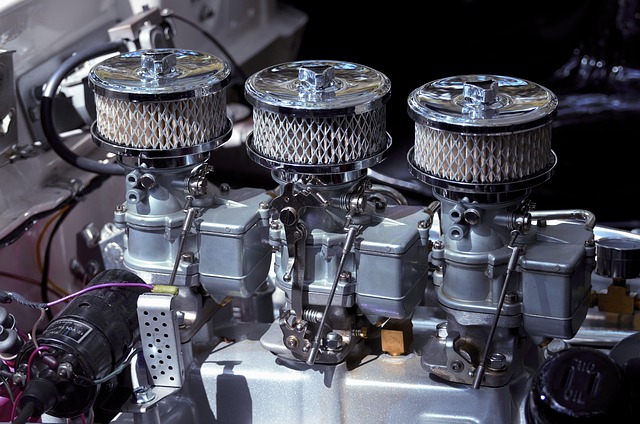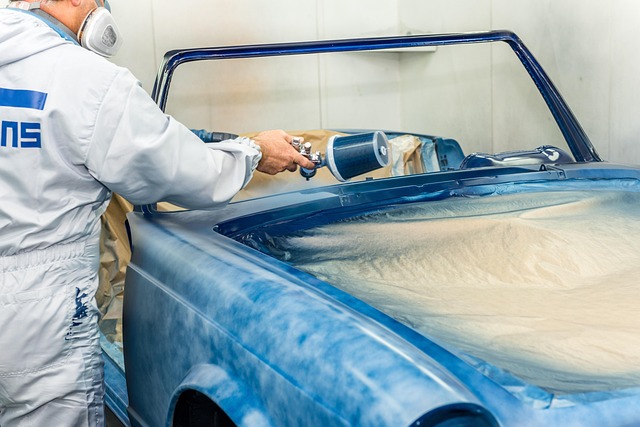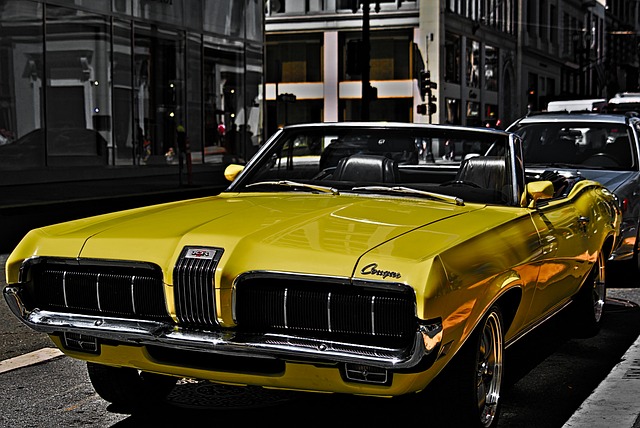Mercedes Bumper Cover Alignment: Front vs Rear Panel Techniques
Mercedes bumper cover alignment is crucial for both vehicle aesthetics and structural integrity. Pro…….
Welcome to an in-depth exploration of a critical aspect of automotive design and safety: Mercedes bumper cover alignment. In the ever-evolving world of vehicle manufacturing, ensuring optimal alignment of car bumpers is no longer merely an aesthetic consideration but a vital component of overall vehicle performance and safety systems. This article aims to unravel the complexities of this process, its global impact, and the technological advancements shaping its future. By delving into these aspects, we will empower readers with a comprehensive understanding of why Mercedes bumper cover alignment is a significant topic in both the automotive industry and road safety initiatives worldwide.
Mercedes bumper cover alignment refers to the precise positioning and configuration of a vehicle’s front and rear bumpers, ensuring they are correctly aligned with the car’s chassis and other structural elements. It involves adjusting various components such as bumper brackets, impact absorbers, and mounting hardware to achieve optimal alignment. The primary objective is to maintain the structural integrity of the vehicle during a collision while enhancing aesthetic appeal.
Key Components:
The concept of bumper alignment has evolved significantly over the years, driven by advancements in vehicle design and safety standards. Historically, bumpers were primarily designed as mechanical barriers to minimize damage during low-speed rear-end collisions. However, as vehicles became faster and more complex, it became evident that traditional bumpers needed enhancements to improve passenger safety and reduce overall crash severity.
In the late 20th century, automotive manufacturers started integrating advanced materials and design principles into bumpers, leading to better performance in high-speed collisions. The introduction of crumple zones, energy-absorbing structures, and multiple impact points revolutionized bumper technology. As a result, Mercedes, known for its luxury and safety features, played a pivotal role in refining bumper alignment techniques to ensure optimal crash performance.
Significance:
Mercedes bumper cover alignment has a profound global impact, influenced by regional variations in automotive markets, safety standards, and consumer preferences. Here’s an overview of its international reach:
The economic landscape surrounding Mercedes bumper cover alignment is intricate, involving market dynamics, supply chain networks, and the interplay of various stakeholders.
Mercedes bumper cover alignment has witnessed remarkable technological leaps, pushing the boundaries of vehicle safety and design. Here’s an exploration of some significant advancements:
The development and adoption of Mercedes bumper cover alignment are significantly influenced by policies and regulations aimed at enhancing vehicle safety and consumer protection.
Despite its numerous benefits, Mercedes bumper cover alignment faces challenges and criticisms that require thoughtful consideration and strategic solutions.
Real-world applications of Mercedes bumper cover alignment offer valuable insights into its effectiveness and the strategic considerations involved in successful implementation. Here are a couple of case studies:
Euro NCAP, Europe’s new car assessment programme, has played a pivotal role in shaping bumper alignment technology. In 2014, they introduced more rigorous side-impact tests, requiring better protection for occupants and pedestrians. As a result, manufacturers responded by designing advanced side-impact bumpers with improved alignment and energy-absorbing capabilities. This initiative led to significant improvements in vehicle safety across Europe, demonstrating the power of standardized testing protocols in driving industry innovation.
Lessons Learned:
Tesla, the electric vehicle (EV) pioneer, has taken a unique approach to bumper alignment in its all-electric cars. Due to the absence of an internal combustion engine, Tesla bumpers have a different design and mounting strategy. The company focuses on aligning the battery pack with structural elements, ensuring both safety and efficient weight distribution. This approach allows for better crash performance while maintaining EV-specific design aesthetics.
Lessons Learned:
Looking ahead, the future of Mercedes bumper cover alignment is brimming with potential growth areas, emerging technologies, and strategic considerations that will shape its evolution.
Mercedes bumper cover alignment has evolved from a mere mechanical consideration to a critical aspect of vehicle design and safety, shaped by global influences, technological advancements, and regulatory demands. Its significance is multifaceted, impacting not only vehicle performance during collisions but also aesthetic appeal, structural integrity, and overall economic systems.
As the automotive industry navigates the transition to electric and autonomous vehicles, the role of advanced bumper alignment technology becomes even more critical. The future holds immense potential for innovation, with emerging technologies promising enhanced safety, improved efficiency, and sustainable design. By embracing global collaboration, leveraging advanced materials, and staying at the forefront of regulatory requirements, manufacturers can continue to elevate the standards of Mercedes bumper cover alignment, ensuring safer and more captivating vehicles on our roads.
Q1: How does bumper alignment affect vehicle handling?
A: Proper bumper alignment is crucial for maintaining optimal vehicle handling and stability, especially during cornering and low-speed maneuvers. It ensures that the front and rear bumpers work in harmony with the chassis, enhancing overall vehicle dynamics.
Q2: Can advanced bumper systems improve fuel efficiency?
A: Yes, to an extent. Advanced materials and design strategies used in modern bumpers can contribute to weight reduction, which is a key factor in improving fuel efficiency. Lighter vehicles require less energy to propel, leading to better fuel economy.
Q3: What role does sensor technology play in bumper alignment?
A: Sensors provide real-time data during collision testing, allowing engineers to fine-tune alignment for optimal safety. In addition, integrated sensors enable active safety systems like automatic emergency braking and lane departure warning to respond swiftly during accidents.
Q4: Are there any environmental benefits to advanced bumper design?
A: Absolutely. Using recyclable materials and energy-efficient manufacturing processes in bumper design contributes to the automotive industry’s sustainability goals. Advanced alignment systems can also help reduce vehicle weight, lowering production and operational emissions.
Q5: How do regulatory standards impact bumper design globally?
A: Global harmonization of safety standards simplifies compliance for manufacturers, ensuring that vehicles meet consistent performance criteria across borders. This reduces costs and encourages the sharing of best practices, ultimately benefiting consumers through safer and more reliable vehicles.

Mercedes bumper cover alignment is crucial for both vehicle aesthetics and structural integrity. Pro…….

Mercedes bumper cover alignment is vital for both vehicle safety and aesthetics. It enhances collisi…….

Mechanical damage, accidents, and repeated bumps can misalign a Mercedes bumper cover, affecting aes…….

Mercedes bumper covers combine art and safety, requiring proper Mercedes bumper cover alignment for…….

“Uncovering the secrets of Mercedes bumper cover alignment—a critical task for maintaining your ve…….

Mercedes bumper cover alignment is critical for achieving optimal car aerodynamics, enhancing fuel e…….

The Mercedes bumper cover is a critical component that balances aesthetic appeal with safety functio…….